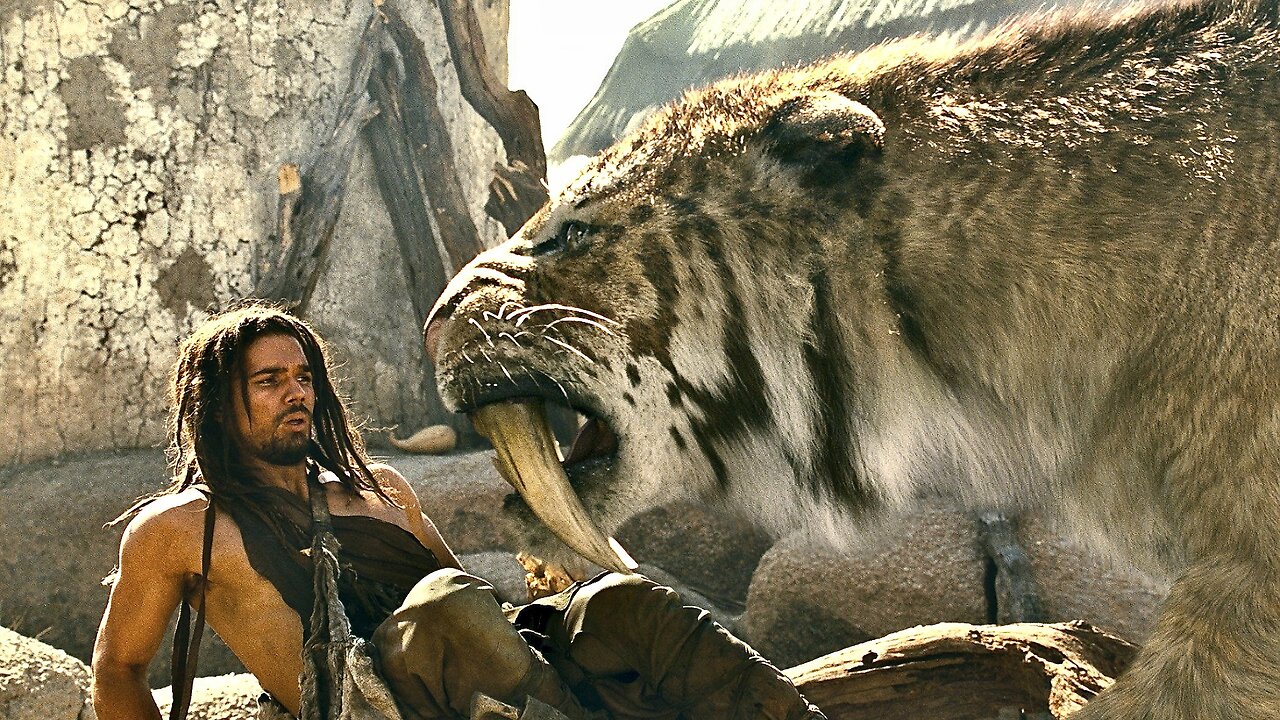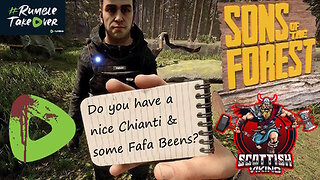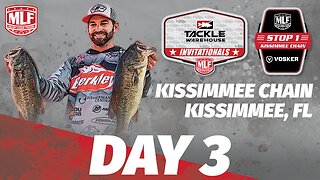Premium Only Content

What Killed The Mega Beasts? - Prehistoric Ice Age Predators - Full Documentary
Paleontologists seek evidence to determine which of the three competing theories - kill, chill or ill - best account for the disappearance of all the large animals at the end of the last ice age. Thousands of years ago, the earth was populated by giant prehistoric animals, from New Zealand's giant moa, a giant relative of the ostrich, to the ultimate symbol of the ice age, the mammoth. At the end of the last ice age, they died out, but what killed them off? Did humans play a part? Or was it down to environmental causes such as disease or climate change? Saber-toothed tigers, giant ground sloths, woolly rhinos and other ice age megafauna are all extinct now — but who or what is to blame remains a mystery. The huge herbivores of the Ice Age were ecosystem engineers. Wherever they went, mastodons, sloths, bison, and their ilk changed the landscape by eating, defecating, trampling, and otherwise going about their plant-mashing business. But they were not isolated agents. Following out the engineer analogy, the megaherbivores of times past had managers. These were the sabercats, hyenas, wolves, and other predators past.
Many Pleistocene carnivores certainly look menacing enough. The long fangs of Smilodon have made it a staple of museum halls as well as schlock horror, and the thought of staring down a giant hyena is enough to send a shiver down my spine. So given that some prehistoric predators had such impressive weapons it’s not surprising that we’ve often imagined them setting into mammoths and other Ice Age giants. Bigger prey requires bigger cutlery, right?
Well, not quite. Many of the most iconic Ice Age herbivores were simply too big to kill. It’s the same reason why lions don’t chase after adult elephants. Clawing into a pachyderm is a high-risk scenario, even considering the fleshy reward, and fossil evidence has suggested the same pattern held in the Pleistocene. Smilodon didn’t take on adult mammoths and Megatherium, for example, but often targeted camels and bison instead. Large size was a refuge was most Pleistocene giants.
#iceage #documentary #history
-
 52:51
52:51
Seeker Land
1 day agoMystery of the Ancient Druids - Lost Celtic Mystics - Full Documentary
911 -
 48:02
48:02
Survive History
16 hours ago $7.38 earnedCould You Survive as a Sharpshooter in the Napoleonic Wars?
65.2K3 -
 12:03
12:03
Space Ice
16 hours agoSteven Seagal's China Salesman - Mike Tyson Knocks Him Out - Worst Movie Ever
48.1K17 -
 11:37
11:37
Degenerate Jay
16 hours ago $16.23 earnedJames Bond Needs Quality Over Quantity From Amazon
101K8 -
 15:23
15:23
Misha Petrov
16 hours agoTrad Wives & Girl Bosses Go to WAR!
76.6K46 -
 2:03:11
2:03:11
TheDozenPodcast
14 hours agoFootball villain fighting the state: Joey Barton
59.3K1 -
 13:18:50
13:18:50
Scottish Viking Gaming
17 hours ago💚Rumble :|: Sunday Funday :|: Smash the Blerps and Vape the Terpes
96.3K8 -
 1:45:00
1:45:00
RG_GerkClan
19 hours ago🔴LIVE Sunday Special - It's Time for World Domination - Civilization VII - Gerk Clan
88.9K28 -
 LIVE
LIVE
Major League Fishing
4 days agoLIVE Tackle Warehouse Invitationals, Stop 1, Day 3
95 watching -
 23:34
23:34
marcushouse
20 hours ago $16.21 earnedBREAKING: Starship Launch IMMINENT – But What’s This SURPRISE Flight 9 Plan?! 🚀🔥
124K18